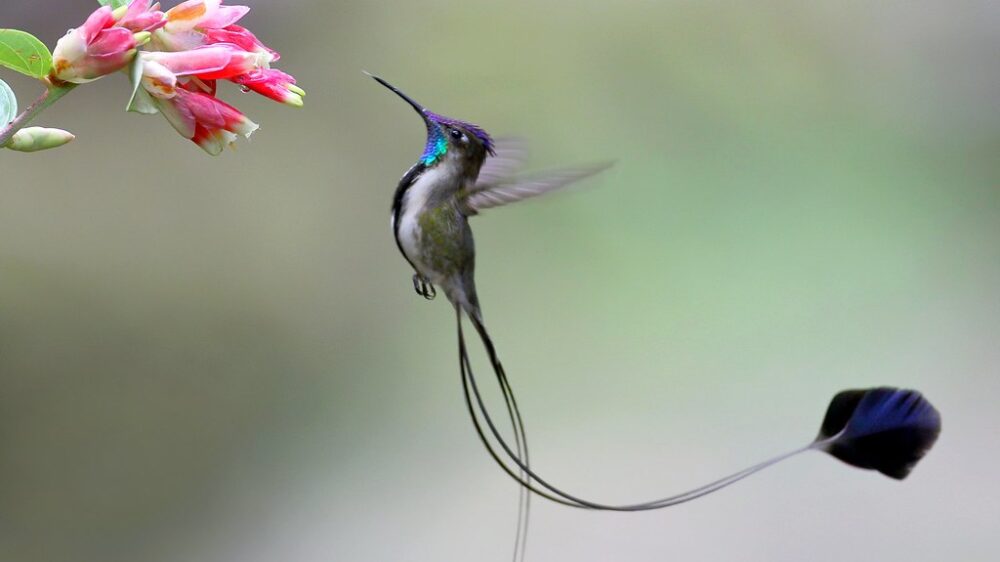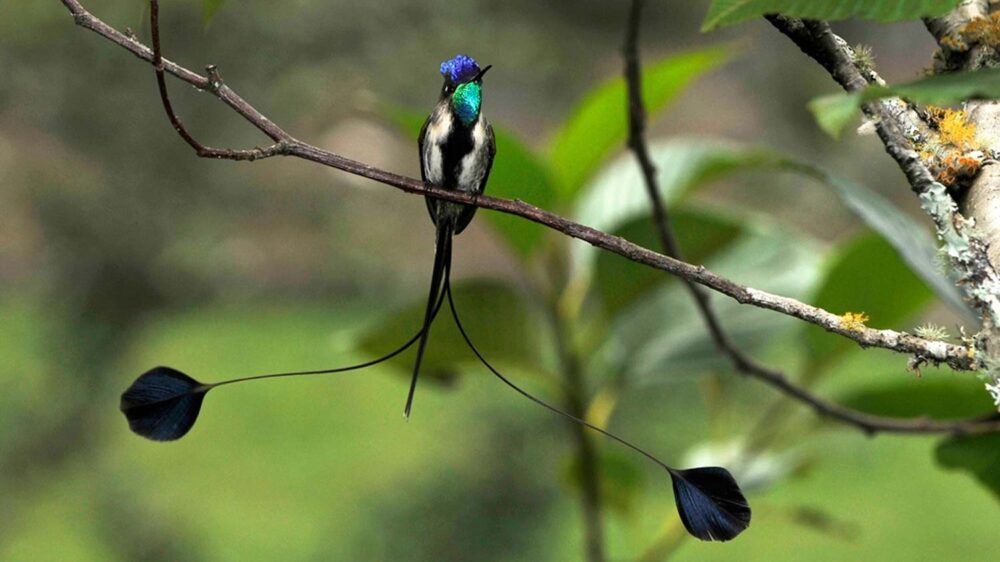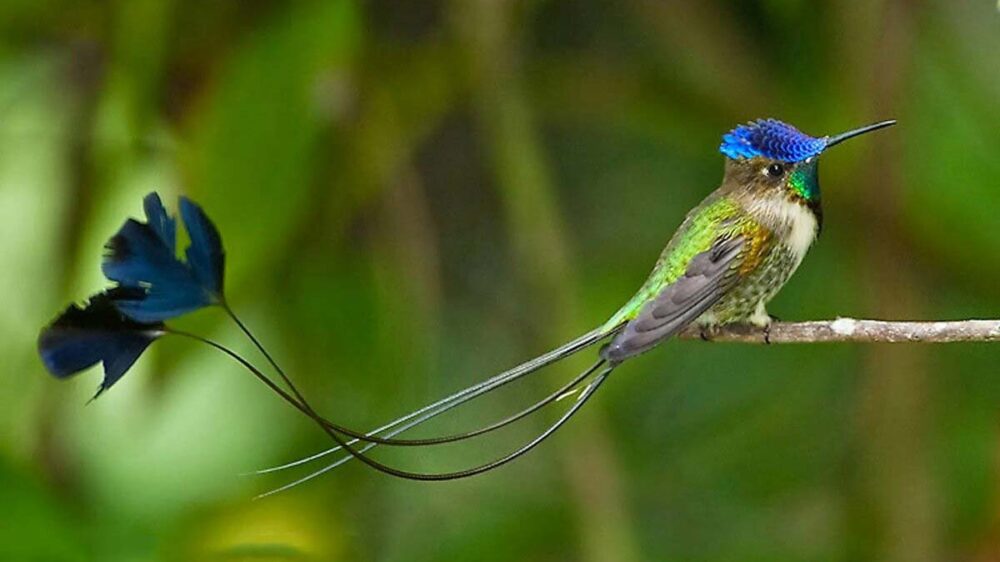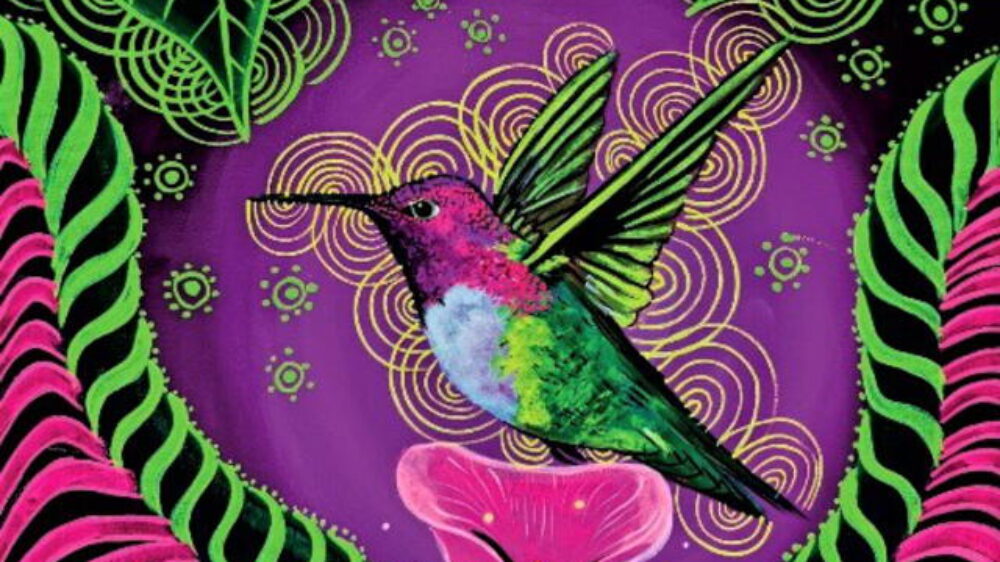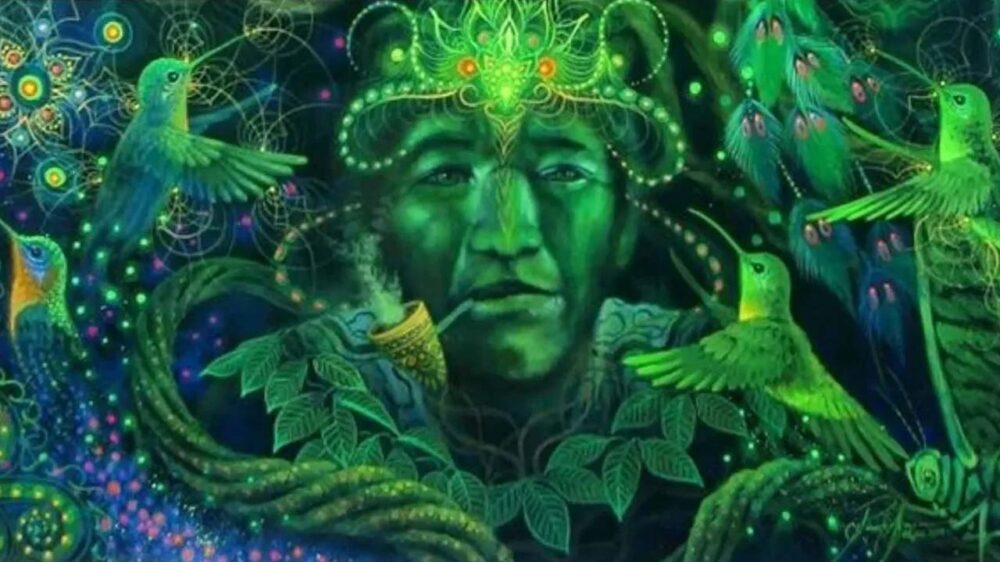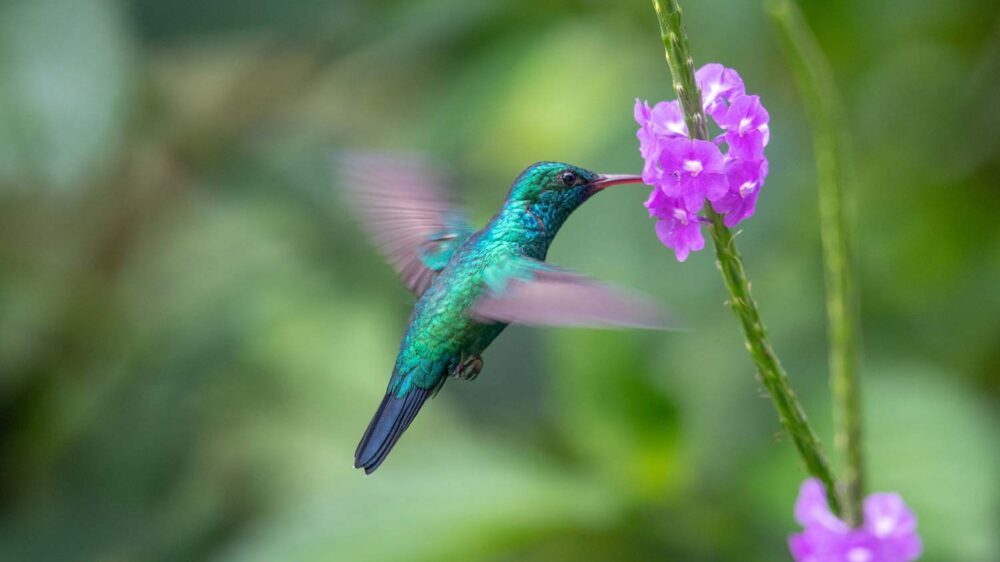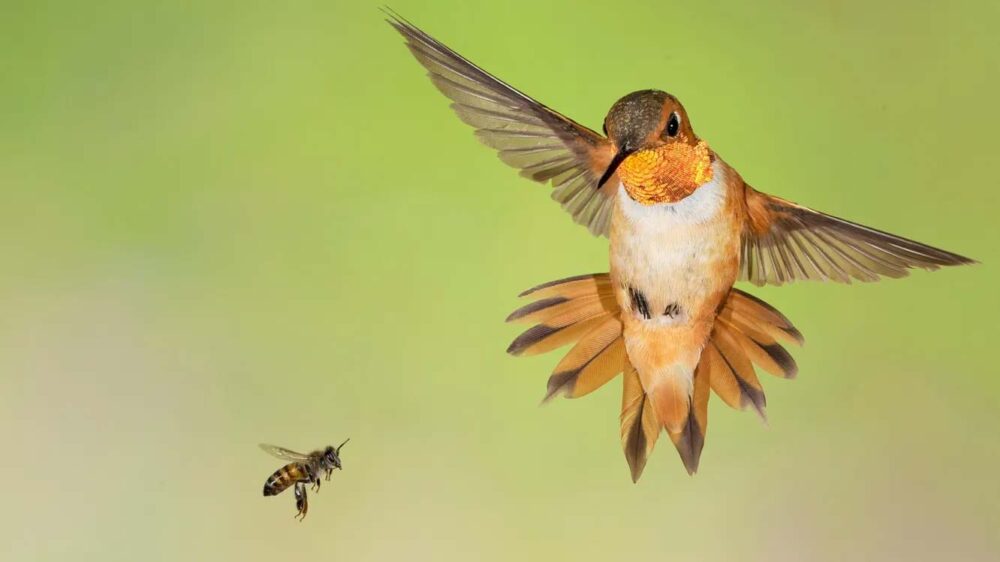There are especially many hummingbirds (Trochilidae) in the Ecolodge in Peru this fall (yes, it’s fall there now). These colorful tiny birds, maneuvering easily in the air at high speed, attracted the attention of our guests immediately. Now, photography enthusiasts are waiting for hours in the hope of making a couple of amazing shots the short moment when the graceful bird literally hovers over the flower. Catching a hummingbird on camera is a real stroke of luck.
In total, more than 1800 species of birds live in the Amazon, including unique, very rare, and even mysterious species. However, the hummingbird is undoubtedly one of the most unusual and famous inhabitants of the region. Of more than 350 species of these birds found in the Americas, more than 130 live in Peru, and 14 of them are endemic, which means they can’t be found in the wild elsewhere in the world.
One of these endemics, the one that visited our Ecolodge, is the marvelous spatuletail (Loddigesia mirabilis), which only lives in Peru, namely in San Martin and Amazonas. This beautiful feathered creature is one of numerous natural treasures of our country, which clearly demonstrates the biological diversity of the region. Its distinctive feature is the unusual tail of the males. It consists of four feathers, two of which look like fans on long crossed rods.
In 2021, the Central Reserve Bank of Peru issued a series of banknotes, which reverses depict the most impressive representatives of the Peruvian flora and fauna. The marvelous spatuletail was chosen as one of the five animals to become symbols on the local notes. If you happen to have 100 soles in your pocket, you can look at the famous loddigesia hanging near an orchid.
Now, if you spot this endemic of our region in the Ecolodge, you will be able to distinguish it from other hummingbirds immediately despite the fact that there is usually very little time to examine these birds — hummingbirds fly amazingly fast. According to some reports, different species can reach speeds of up to 93 mph over short distances!
In addition, it can be difficult to identify a bird which is visiting the Ecolodge because of its size — representatives of this family only grow to an average of 3–4 in. and weigh 0.1–0.2 oz. But you are unlikely to miss the beautiful double tail:))
And that’s not all that Trochilidae can surprise you with! The unique structure of hummingbirds allows them to make a figure-eight motion in the air with a frequency of up to 100 flaps per second. Thanks to it, they can move in any direction and freeze in the air. They need these maneuvers to quickly select suitable flowers and gather nectar. It’s the perfect moment to use your camera!
Due to the numerous features and incredible colors, people have long attributed magical abilities to these birds and made up legends about them. Hummingbirds were believed to be messengers of gods, souls of fallen warriors, one of the forms of the sun deity, or helpers who played a significant role in people’s lives.
These tiny things are also important to the Amazonian tribes. They are considered a symbol of willpower, endurance, wisdom, beauty, joy, and healing. Some legends say that hummingbirds carry souls of the deceased.
The Shipibo-Conibo tribe believes that the hummingbird, which they call “pino”, is the messenger of higher powers and the key to spiritual light. According to a legend, meeting this bird is a sign, and one should turn to a shaman for the interpretation.
It’s a very good sign to see it in the visions during the Ayahuasca ceremony. (You can learn more about the culture of the Amazonian tribes and their shamanic ceremony by visiting the Museum on the territory of the Ecolodge.) This means the person is on the right path, the path of knowledge and spiritual light. According to a legend of this tribe, the hummingbird helps to split the grain in the human’s soul that opens the way to knowledge and light.
So when you wake up in the Cordillera Escalera Ecolodge early in the morning, while the birds are chirping loudly, and are about to leave the bungalow and enter the park, do not forget your smartphone on the table, or better yet, take your camera, just in case. May you be lucky enough to meet the wonderful bird with a spatulate tail. We promise it will be a good message:))!
Curious facts
The hummingbird flight is a real miracle of nature. Anna’s hummingbird (Calypte anna) is even recognized as one of the fastest vertebrates. Males of this species can reach speeds of up to 60 mph during their courtship dives. However, according to some reports, the violetear hummingbird (Colibri thalassinus) can accelerate up to 93 mph at short distances. And that’s without diving!
Since their flight takes enormous amount of energy and their metabolism is rapid, the birds have to regain their strength for long by resting on the branches.
At night, cold and lack of food add to these difficulties, and the usual respite is insufficient. But the hummingbirds have found a way out. It’s torpor, that is a deep sleep.
During this specific state, all the biological processes slow down significantly, and the body temperature drops below 50°F (to 99–108°F in the daytime). The heart rate becomes slow (it may drop from 1200 to 40 beats per minute), breathing turns imperceptible. The little birds literally freeze, like little statuettes, and can give the impression of being dead. However, at dawn, hummingbirds “resurrect” like the mythical phoenix, which is another reason to attribute magical powers to them. This desperate measure allows hummingbirds to save up to 95% of energy.
The black metaltail (Metallura phoebe) is rightly considered to be the record holder in the “ressurection”. Scientists marked a temperature drop to 37.9°F while studying the species’ behavior!
For the same reasons — high energy consumption and fast metabolism — birds have to eat every 10–15 minutes. By the way, although nectar is the main dish on hummingbirds’ daily menu, insects and arthropods are also included in their diet.
It’s the moment the bird feeds or rests when you can catch a good, clear shot and identify its species.
The giant hummingbird (Patagona gigas) and its congeners are the easiest to spot: their size can reach 9 in. and their weight is 0.7 oz. However, on meeting large representatives of the bird family, not all tourists realize that they are looking at hummingbirds. The reason is we are used to believing that these birds are tiny. The culprit of this belief is the Bee hummingbird (Mellisuga helenae), the smallest representative of the feathered family. This bird from Cuba weighs only 0.05–0.07 oz. (males) and grows just a bit more than 2 in.
But now, we hope, you won’t miss different members of the family Trochilidae, regardless of their size!

